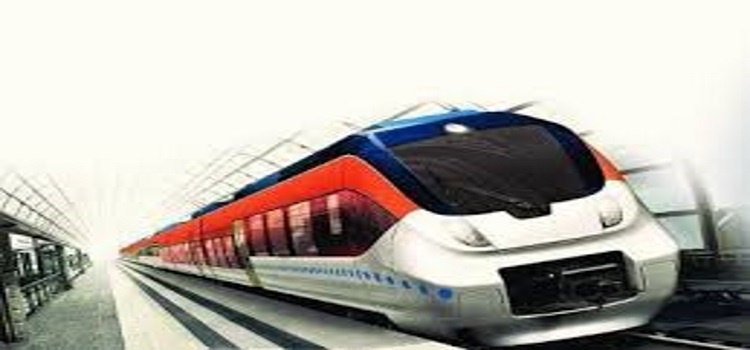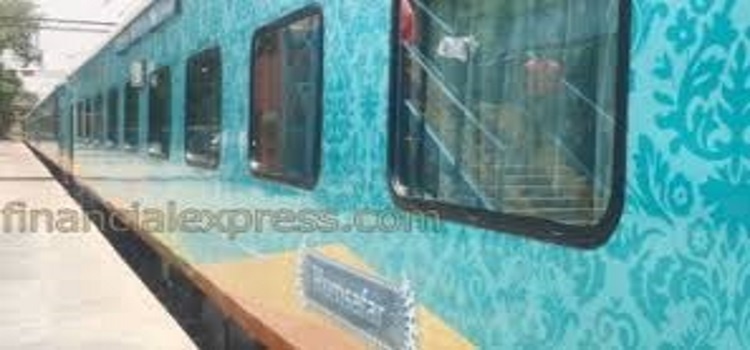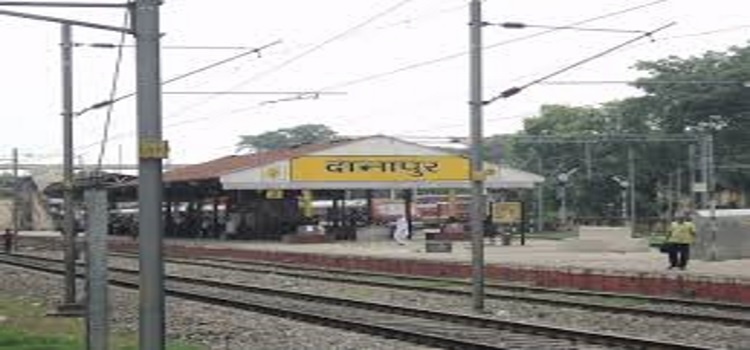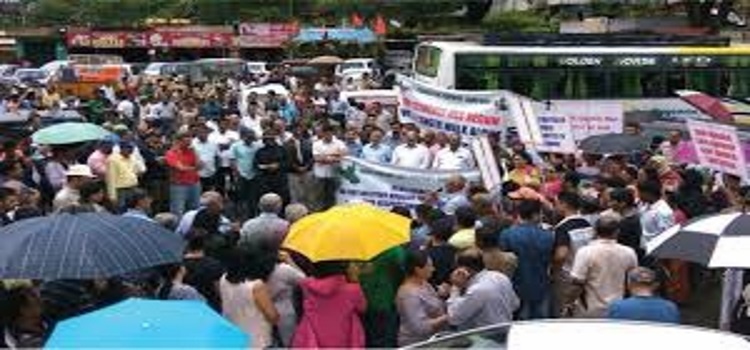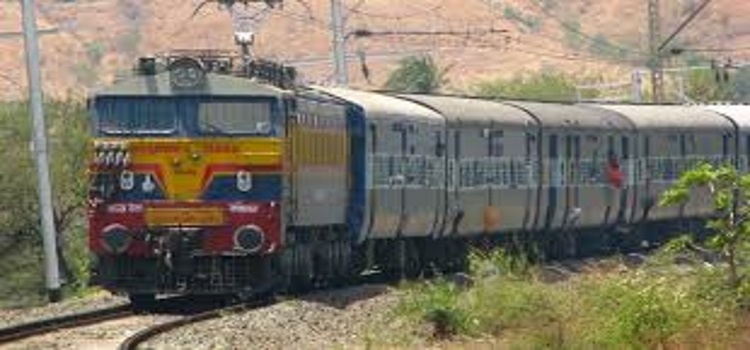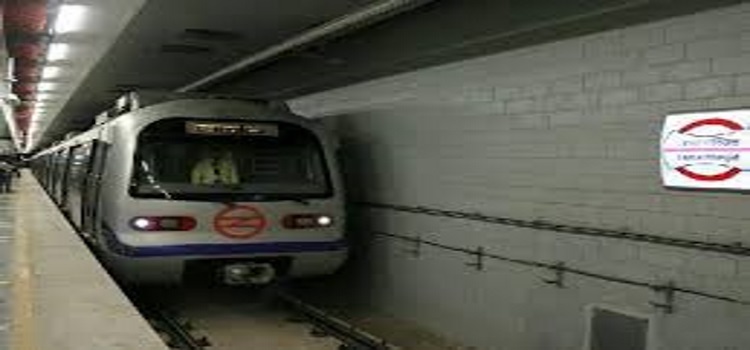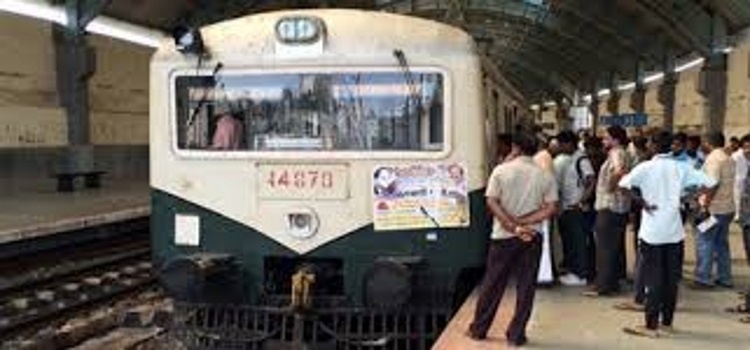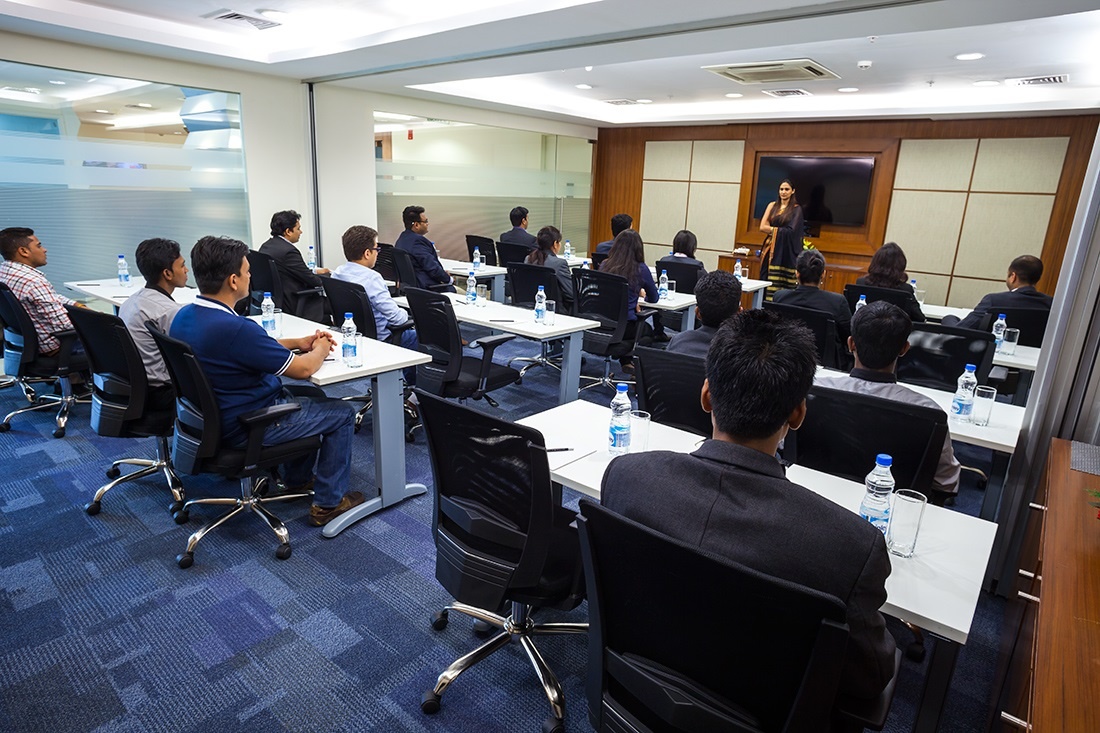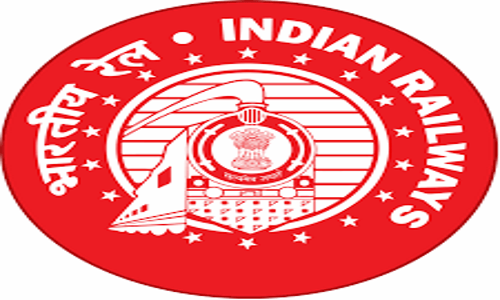
Ministry of Railways has announced one of the world’s largest recruitment processes for 89409 posts in Group C Level I (Erstwhile Group D) & Level II Categories. Online applications have been invited for the Group C Level II posts like Assistant Loco Pilots, Technicians (Fitter, Crane Driver, Blacksmith, and Carpenter) and Group C Level I (Erstwhile Group D) posts like Track maintainer, Points man, Helper, Gateman, Porter. This recruitment drive is open for candidates who have passed Class Xth & ITI for Group C Level I posts & Class Xth & ITI or diploma in engineering or a graduation in engineering for Group C Level II posts like Assistant Loco Pilots, Technicians and aspire to join Indian Railways.
Ministry of Railways has published a notification no. CEN 01/2018 for Group C Level II Categories posts for the candidates in the age group of 18-28 years who have passed Class X and have an industrial training certificate (ITI) or diploma in engineering or a graduation in engineering.
The notification no. CEN 02/2018 about Group C Level I (Erstwhile Group D) posts for candidates in the age group of 18-31 years and who have passed Class X and have an industrial training certificate (ITI). The notifications have already been uploaded on RRB Websites. The link of the website is as follows:
http://www.indianrailways.gov.in/railwayboard/view_section.jsp?lang=0&id=0,4,1244
For Group C level II posts, the monthly salary along with allowances as per the Seventh Pay Commission (level 2) Scale (19,900-63,200) will be given to the selected candidates. For Group C Level I (Erstwhile Group D) posts, the monthly salary along with allowances as per the Seventh Pay Commission (level 1) Scale (18,000- 56,900) will be given to the selected candidates. Applications for Group C Level II posts will be accepted till 5th March 2018 & for Group C Level I (Erstwhile Group D) posts will be accepted till 12th March 2018.
Free Sleeper Class Railway Pass facility shall be available for SC/ST candidates for Computer Based Aptitude Tests, Physical Efficiency Tests, Document verification during the recruitment stages.
Railway Minister Piyush Goyal exhorts Job aspirants to apply for 1 lakh Railways jobs
Union Railways Minister Piyush Goyal on Wednesday exhorted job aspirants to apply for more than one lakh vacancies in the railways.In a tweet, Goyal said, “More than one lakh job openings are available, visit Railway Recruitment Board website and apply.”These vacancies are in Ahmedabad, Ajmer, Allahabad, Bangalore, Bhopal, Bhubaneshwar, Bilaspur, Chandigarh, Chennai, Gorakhpur, Guwahati, Jammu, Kolkata, Malda, Mumbai, Muzaffarpur, Patna, Ranchi, Secunderabad, Siliguri, and Trivendrum. Out of these one lakh vacancies, 62,907 are Group- D posts. “Opportunities for the youth in the Railways: For the 62, 907 posts of Group-D, the Railways have started recruitment process for the high school and ITI pass-outs,” Goyal tweeted. He added that the eligible candidates can apply for these posts.

